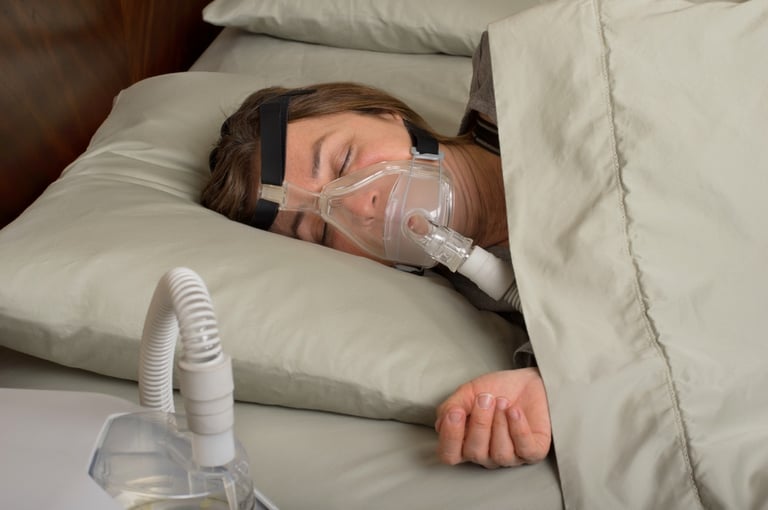
When you started your CPAP therapy, your life immediately changed for the better. For the first time, you enjoyed excellent-quality sleep; your snoring and sleep apnea stopped; and you experienced a renewed vigor and alertness that you never believed to be possible.
But three to six months later, something has changed. You aren't sleeping quite as well anymore. You're waking up tired again.
What is happening? Why did the amazing benefits of your CPAP therapy vanish?
It may not be you. It may be your CPAP mask.
Take a good look at your mask. Has the color of your nasal cushion changed from clear white to a dull yellow? Have you seen any gaps, holes, or cracks, or noticed the fit of your mask is no longer as snug as it once was? Or have you been noticing a bit of an aroma in your equipment?
If any of the following is true — and chances are, all of these have happened! — it is well past the time for you to replace your CPAP mask.
WHY SHOULD I REPLACE MY CPAP MASK?
Why you should replace your mask is about much more than just issues of sight and smell (although those are more than reason enough!). Replacing your mask regularly will ensure that you enjoy the full benefits of CPAP therapy.
CPAPs are prescribed to treat sleep disorders, such as snoring and sleep apnea, which prevent people from achieving restful, restorative sleep. The equipment achieves this by pumping pressurized air through your mask and into your respiratory system. As a result, your airways are kept open throughout your sleep cycle, allowing you the luxury and comfort of free and easy breathing.
Even a tiny leak in the CPAP equipment can prevent your CPAP from working correctly. The most likely location for a leak to occur is the CPAP mask, where a tight seal must be achieved on a surface that is soft, uneven, and in constant motion.
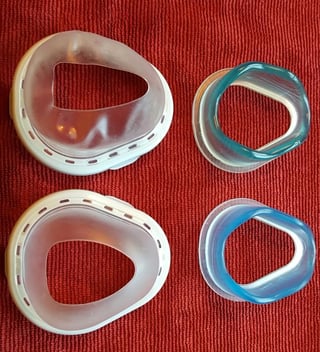
Older equipment (top) and new replacements (bottom)
In order to achieve a tight yet comfortable seal, the mask components are made of a soft, pliable, hypo-allergenic material, such as silicone. The trade-off: a silicone mask is not nearly as durable as a harder material, and will wear out relatively quickly.
A CPAP machine and its accessories are analogous to any other equipment for health and hygiene. For example, think of an electric toothbrush: the handle and charger are the more expensive, durable components, designed to last for years, while the toothbrush attachment is cheap, sees all the actual action, and is only intended to last a few months at most.
The CPAP machine (the box that sits on your bedside table) is like the electric toothbrush’s handle/charger, and the mask is like the toothbrush attachment. Although it is not especially inexpensive to replace, it is far cheaper than buying a whole new system every time the mask wears out.
HOW CAN A WORN OUT MASK AFFECT MY CPAP THERAPY?
When a CPAP mask is old, the silicone will tend to soften and to thin. This can result in cracks, tears, or holes in the mask, preventing the equipment from forming a tight seal on your face.
Tightening your headgear may compensate somewhat, but may result in other problems. Over-tight straps are among the leading causes of bad seals and leaks in CPAP therapy. In addition, a mask that presses too tightly is likely to feel uncomfortable, potentially making falling asleep and staying asleep more difficult. Finally, over-cinched headgear will press hard against your face, and you will wake up to the always-unpleasant sight of deep strap marks all over your skin.
WHEN SHOULD I REPLACE THE MASK?
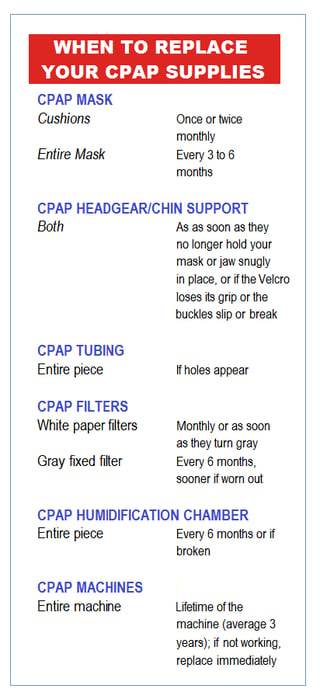
No matter which type of CPAP mask you use, it is recommended that you replace the mask cushion (the part that directly contacts your face) once or twice a month, and replace the entire mask at least once every six months.
Currently as many as seven CPAP mask designs are available. Of these, the three most common masks are:
- Nasal Pillows (smallest, lightest model)
- Nasal Mask (standard)
- Full Face Mask
Regardless of which mask style you use, you are entitled to swap your cushions and full mask out on a regular basis.
As you can see in the chart to the right, all CPAP equipment, including tubing, filters, the humidification chamber, and the machine itself, has a recommended replacement schedule.
Replacing your CPAP supplies on a regular basis as recommended by your supplier will help to ensure that your therapy remains effective.
CAN I JUST CLEAN THE MASK INSTEAD?
You should be cleaning your mask and filters in any event! But even if you clean it every morning, this equipment is not designed to last longer than a few weeks. Eventually the material of your mask will become too soft to hold a tight seal and should be replaced.
However, there are benefits to keeping your mask clean. Regular daily cleaning will make your mask more comfortable to wear by removing the facial oils and sweat that build up on it nightly. Cleaning can also remove the smells that can collect inside your mask, caused by exhalation and any materials (for exam, nasal mucus) that might be blown into the cushions after a good night’s sleep.
Masks should be cleaned only with warm water and a gentle soap, such as baby shampoo. Any other cleaners, such as alcohol, antibacterial soaps, or cleaning fluids will not only potentially leave toxic residues, but may actually break down the silicone faster, further shortening the life of your mask.
HOW CAN I AFFORD TO REPLACE MY CPAP MASK SO OFTEN?
CPAP therapy has become so accepted that insurance providers now allow for the regular replacement of nearly all CPAP components and accessories. Most insurance, including Medicare, allows you to replace your mask cushions four times a year, and the entire mask every six months. These guidelines match what most CPAP vendors and manufacturers recommend.









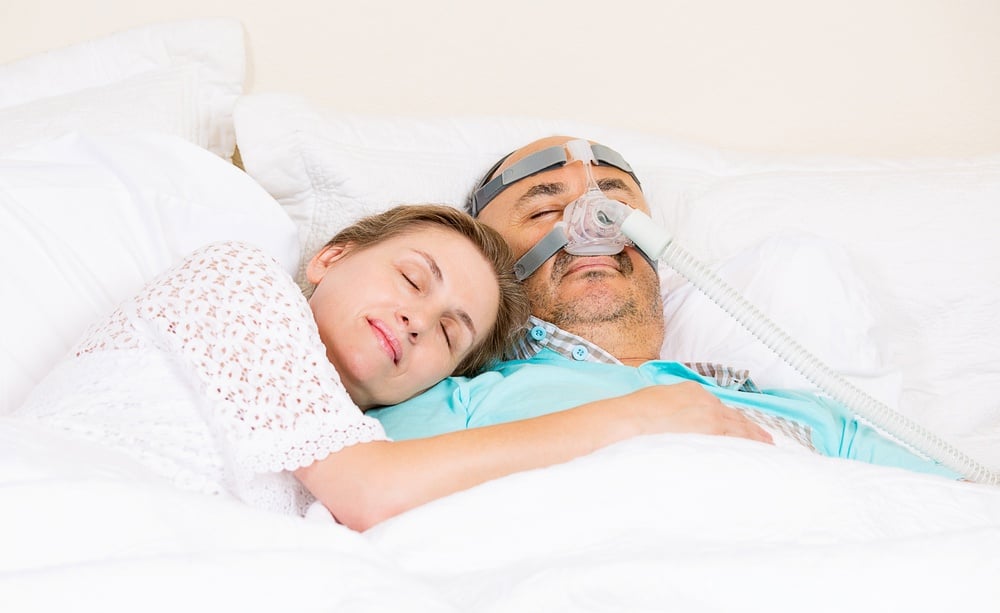
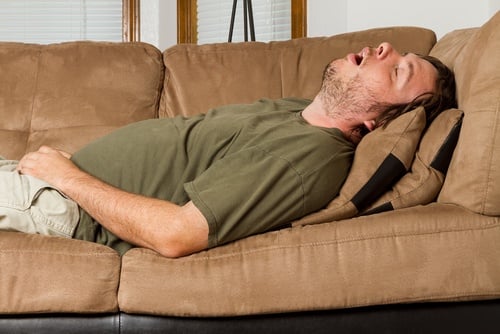

Leave a comment